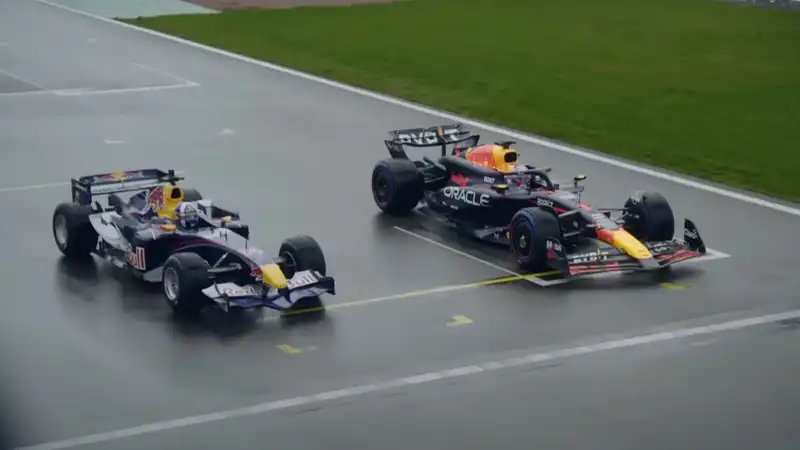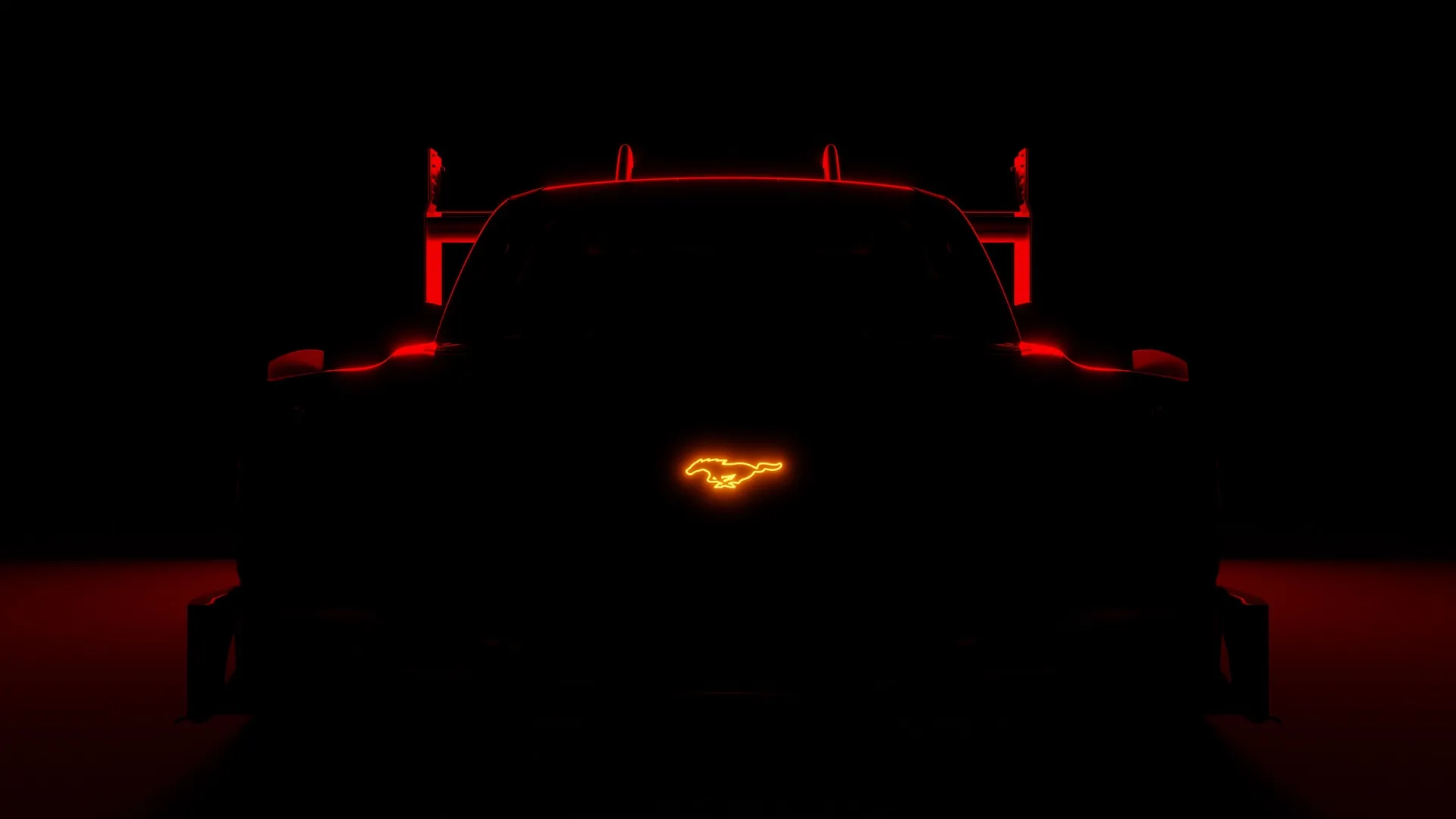F1 cars have become wider, longer and heavier over the past 20 years.

Making race cars bigger and heavier may seem counterproductive, but that is exactly what has happened to Formula 1 cars over the past two decades.
Red Bull Racing recently brought out its first F1 car, the 2005 season RB1, and compared it to the current RB20 on a very wet Silverstone circuit. David Coulthard, who drove the RB1 in Red Bull's first year, drove the RB20, as did reigning F1 champion Max Verstappen, who was eight years old when the RB1 debuted.
Since the turn of the century, when Red Bull bought the ailing Jaguar team from Ford and entered Formula One, Formula One has gone through several rule changes. This is immediately apparent when looking at the RB1 and RB20 together: the 2024 car is over 3.2 feet longer and about a foot wider than the 2005 car, and it weighs about 440 pounds (8.6 kg) more.
The increased weight is due in part to the current hybrid power unit, first introduced in 2014; the 2005 vehicle used a simpler, naturally aspirated 3.0-liter V-10 engine that was never electrified. The V-10 engine, known for its incredible sound, was replaced in 2006 by a 2.4-liter V-8 engine, and later a kinetic energy regeneration system (KERS) added some degree of electrification before the introduction of the full-fat hybrid powertrain.
A significant rule change for the 2017 season mandated longer, wider cars with wider tires. This change was intended to increase downforce, resulting in significantly shorter lap times. Aerodynamics were greatly simplified in the latest machine design overhaul for the 2022 season, with more emphasis on ground-effect downforce generated from the floor rather than topside aero appendages. However, the machine could not be reduced in size.
The next major rule change is scheduled for 2026 and will focus on power units. The current 1.6-liter V6 internal combustion turbocharger will remain, but the new power unit will be simpler, as the MGU-H electric motor-generator, which recovers energy from the exhaust through the turbocharger, will be eliminated. The MGU-K, which recovers energy through regenerative braking, will remain and provide more power; in F1, the system's peak output is expected to be over 1,000 hp, but fuel economy will be lower than in current cars.





